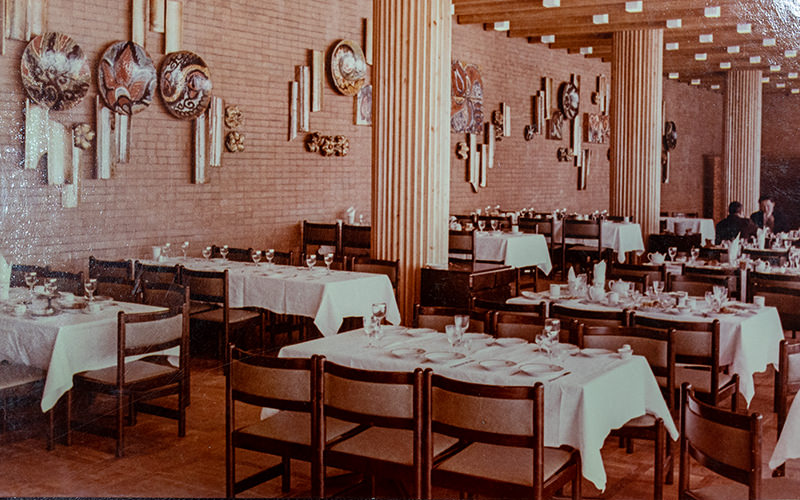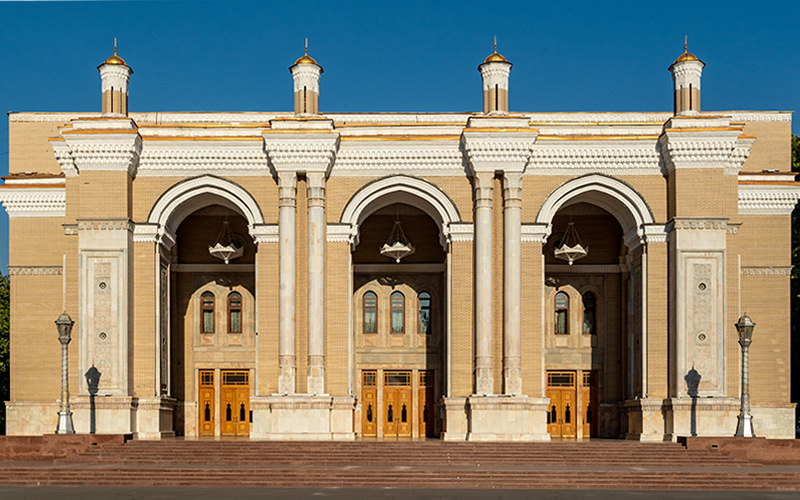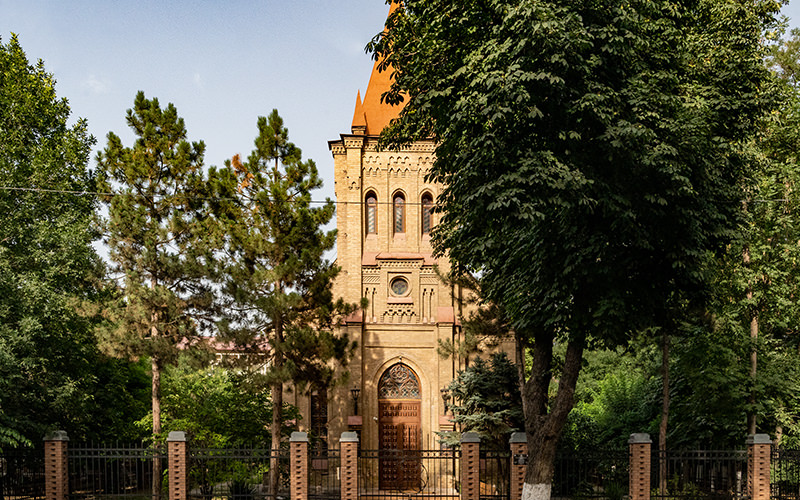The stations of the Tashkent Metro are mentioned in almost every city guide. Travelers who choose the metro as their means of getting around the metropolis can move quickly and affordably between points of interest while also discovering the unique architectural features of the stations. Today, I’ll tell you about the history of the Tashkent Metro and show you a few of its most unusual stations.
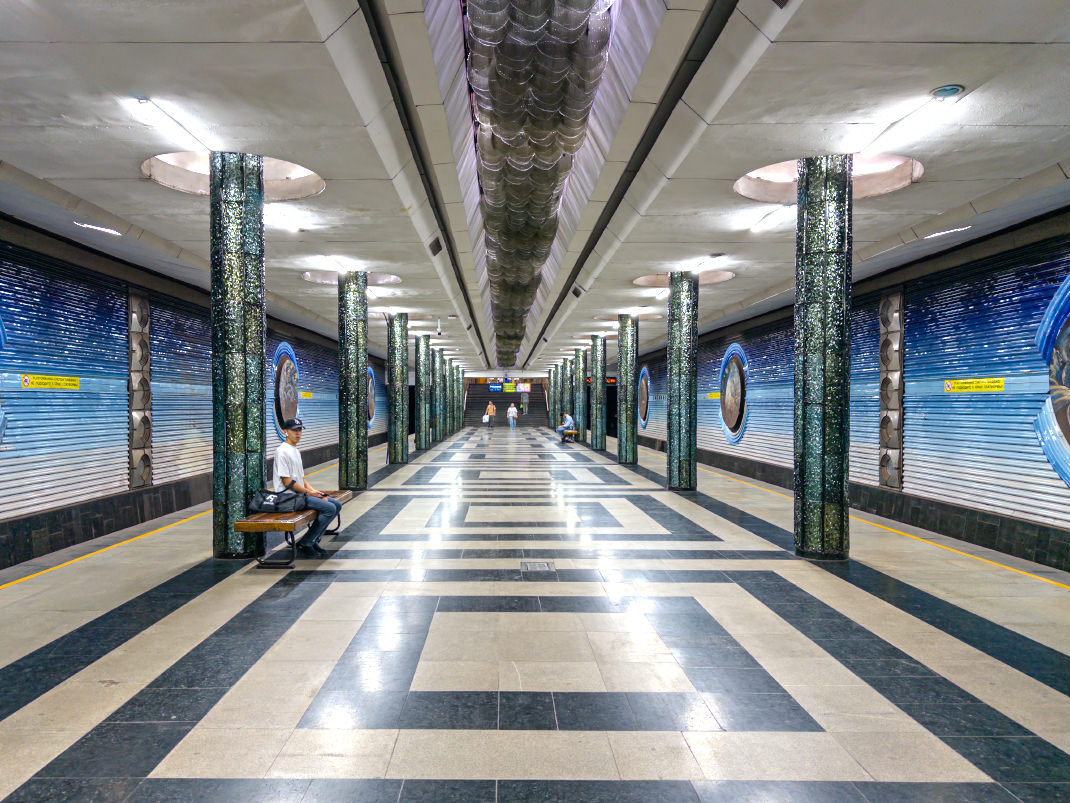
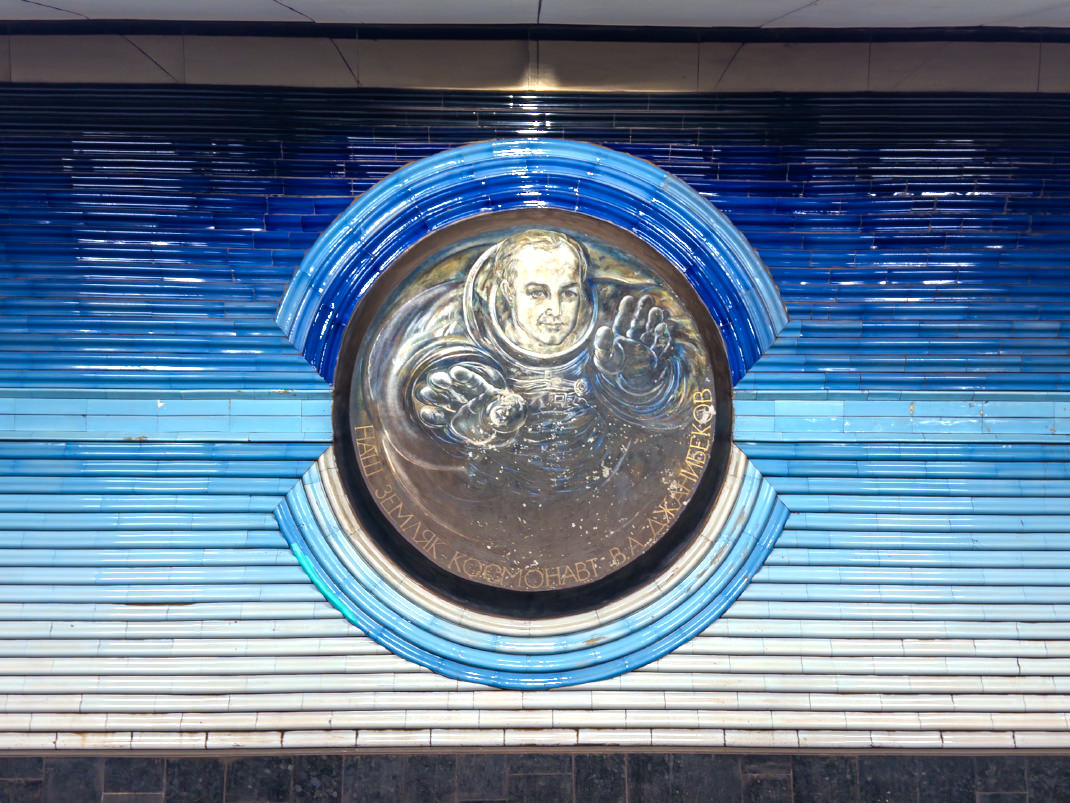
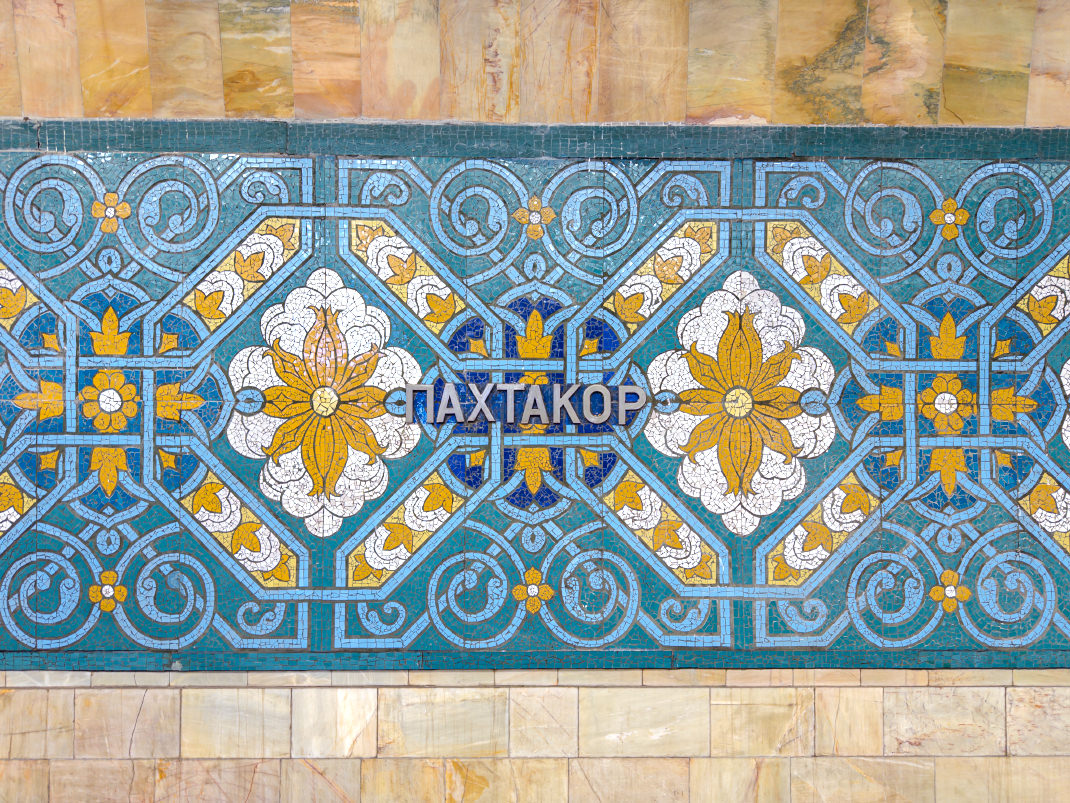
Tashkent Metro: History of Construction
The history of the Tashkent Metro — the seventh underground transit system in the USSR — began in the second half of the 20th century. Locals recall that in the early 1960s, few could have imagined that the city would soon have a subway. The emergence of this new mode of transport was influenced in part by the tragic events of 1966, when a devastating earthquake destroyed the homes of 300,000 residents. The city was rebuilt quickly, with new neighborhoods and main roads appearing. Specialists from across the Soviet Union came to work on reconstruction projects, and many chose to stay. All this contributed to a sharp increase in passenger traffic, and within a few years, construction of the metro began.
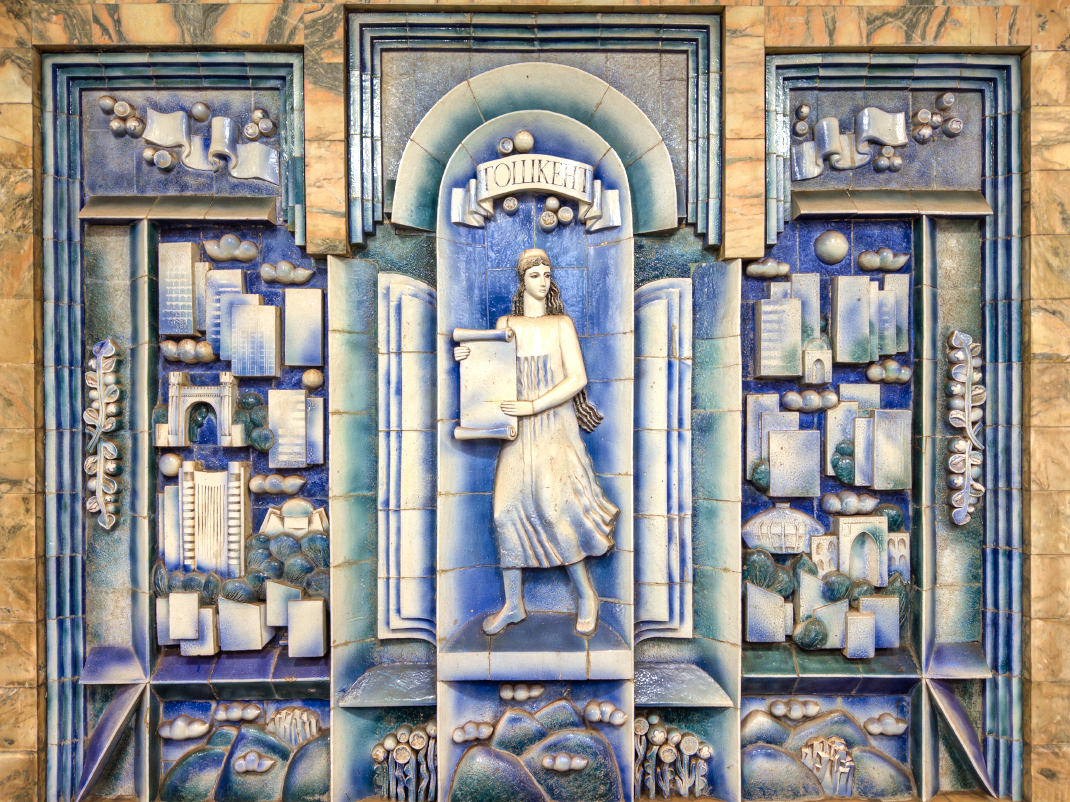
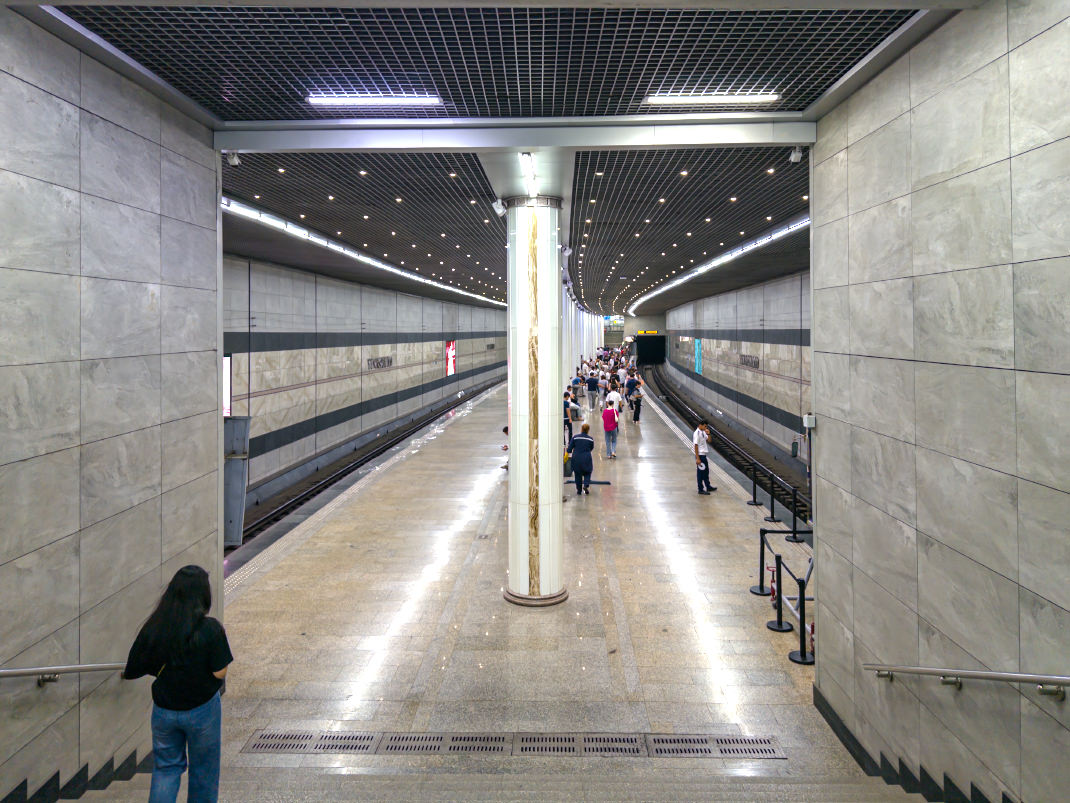
Work on the first metro line started in 1972, and the 12.2-kilometer section opened on November 6, 1977. This stretch connected today’s Olmazor and Amir Temur Hiyoboni stations (formerly Sabir Rakhimov and October Revolution). This is a good point to mention a feature of Tashkent’s toponymy: many old names for districts and landmarks, though officially no longer in use, remain firmly entrenched in popular memory. For example, the station now called Buyuk Ipak Yuli (meaning “Great Silk Road”) is still known to many locals as “Maxim Gorky.” According to online sources, that name was officially used until 1997.
I came across information that some construction technologies were used for the first time in Tashkent’s metro — for example, the installation of an irrigation system. Unfortunately, the source didn’t explain how it worked, and I don’t know if such systems are still in operation today.
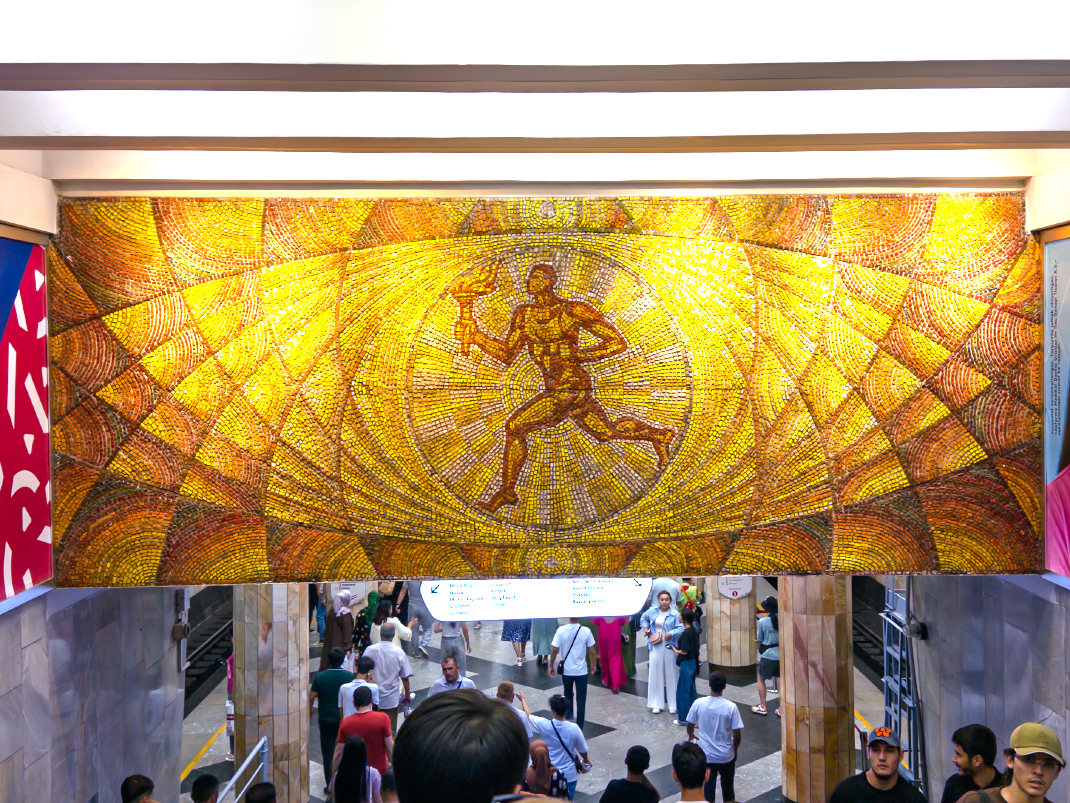
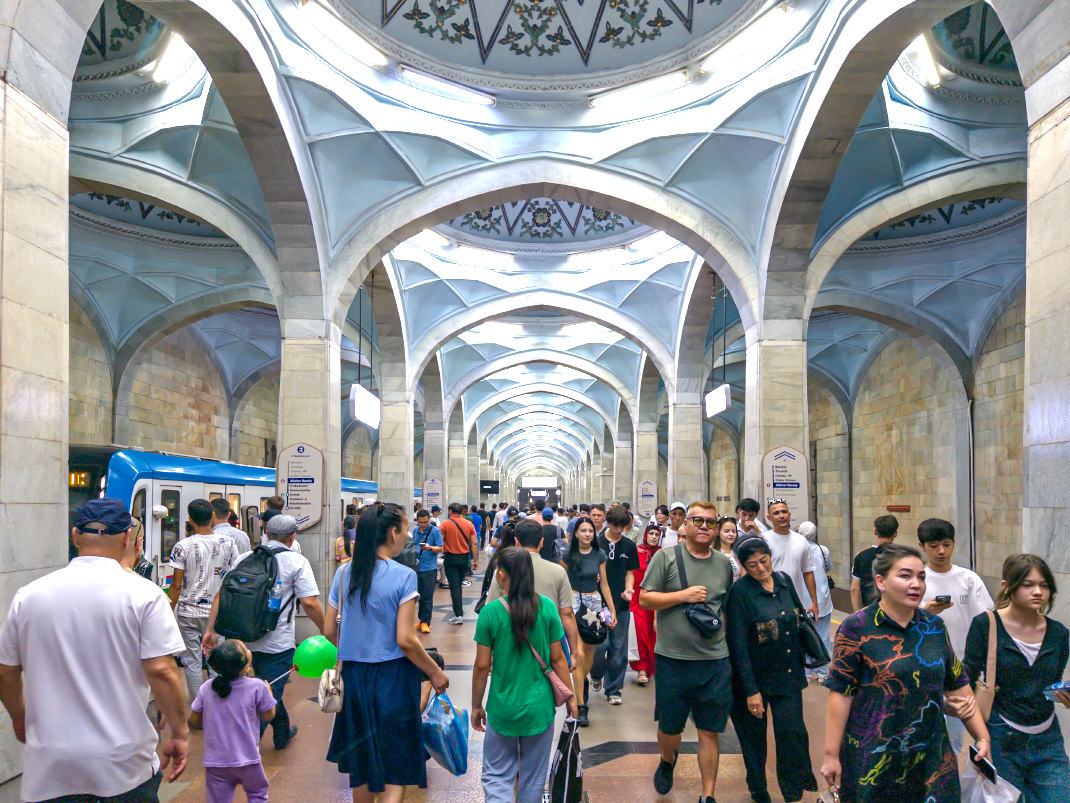
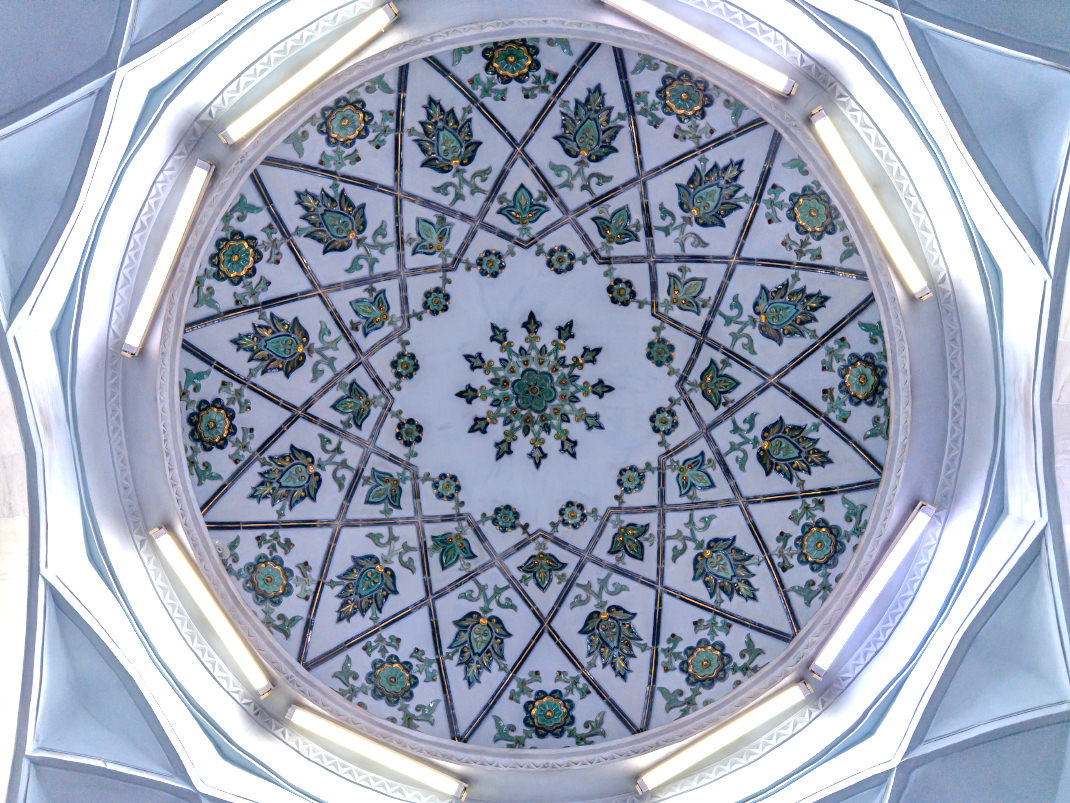
Visitors to Tashkent take the metro not only to get from point A to point B but also to admire the unusual design of its stations. In my opinion, the most interesting interiors can be found at Paxtakor and Kosmonavtlar stations. The former features bright mosaics that have become a true symbol of the city’s architecture, while the latter attracts attention with its dark wall décor and striking columns, which remind me of Avtovo station in St. Petersburg.
The Tashkent Metro continues to expand today. In recent years, the city has opened the above-ground “30 Years of Independence of Uzbekistan” line and built several new underground stations. The authorities also plan to construct another line about 11 kilometers long.
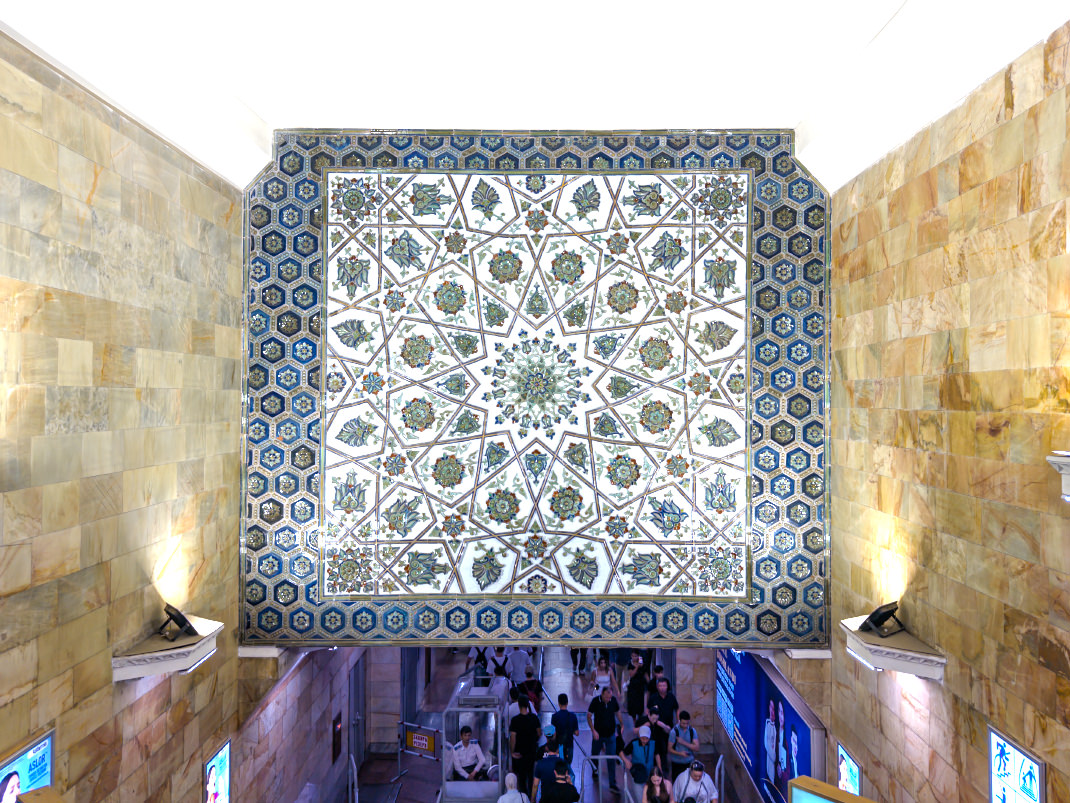
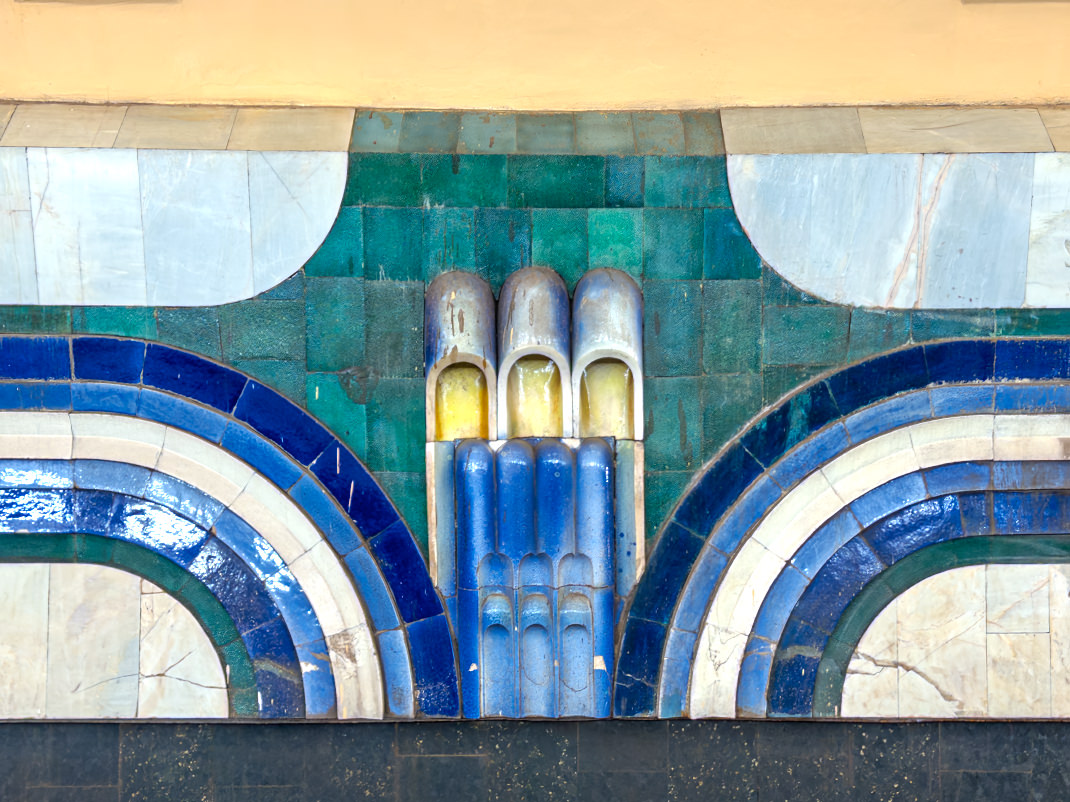
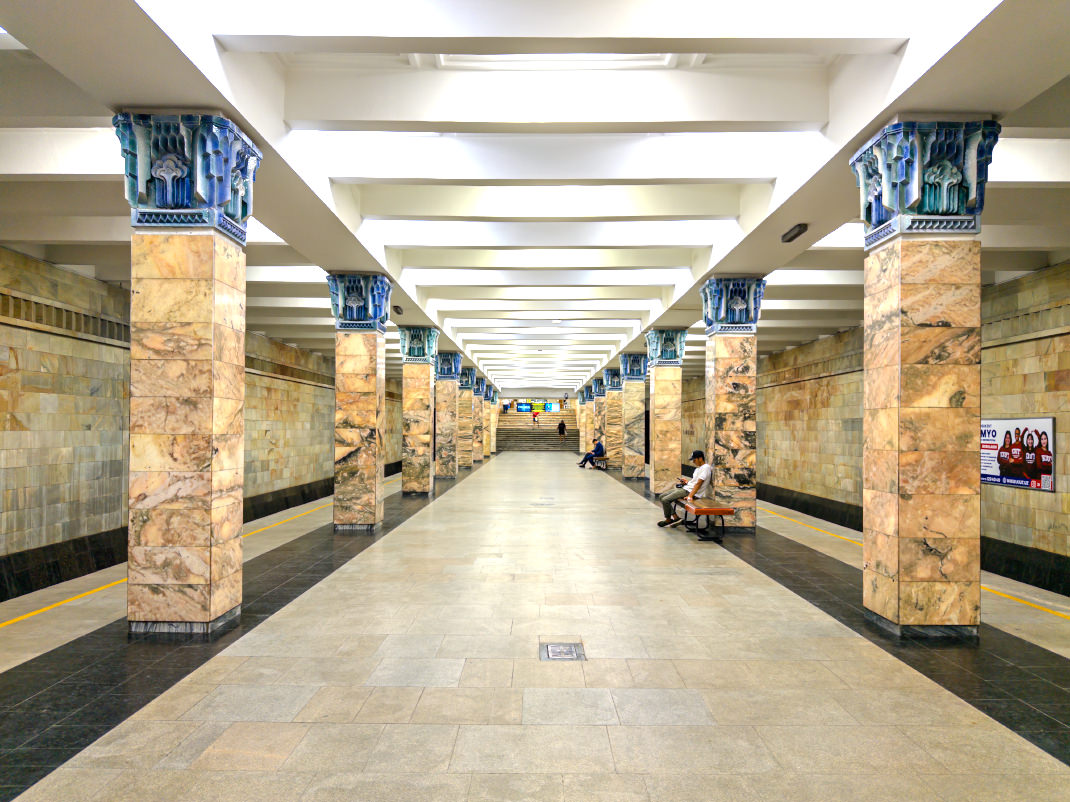
One distinctive feature of the Tashkent Metro is its shallow depth — in many cases, you can descend underground without using escalators. Another difference from many other metro systems around the world is the presence of restrooms at many stations. This is a modern trend: the first pilot restroom for passengers was installed at one station, and now they are being added to other stations as well.
As of summer 2025, a metro ride in Tashkent costs 3,000 soums (about USD 0.24) when purchasing a QR code with cash, and 1,700 soums (about USD 0.14) if paid with a bank or transport card. There are also modern payment options such as facial or palm recognition. Some banks offer their clients additional discounts when paying with their cards, bringing the fare down to as low as 650 soums (USD 0.05).
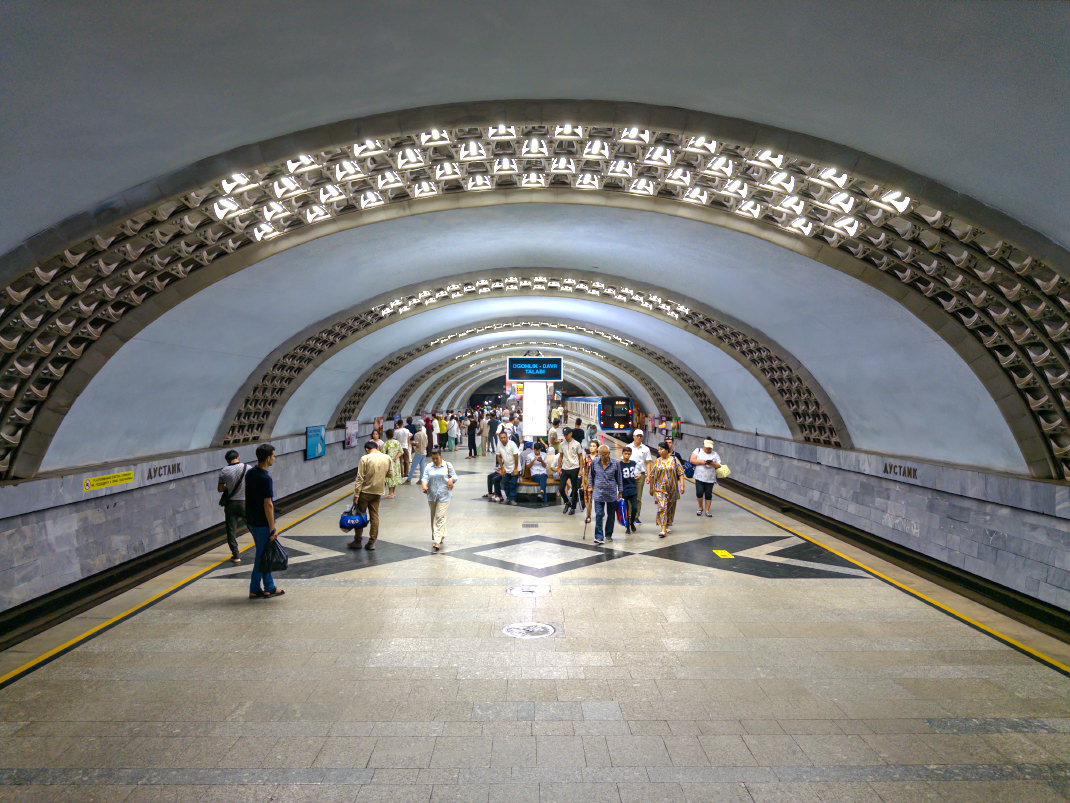
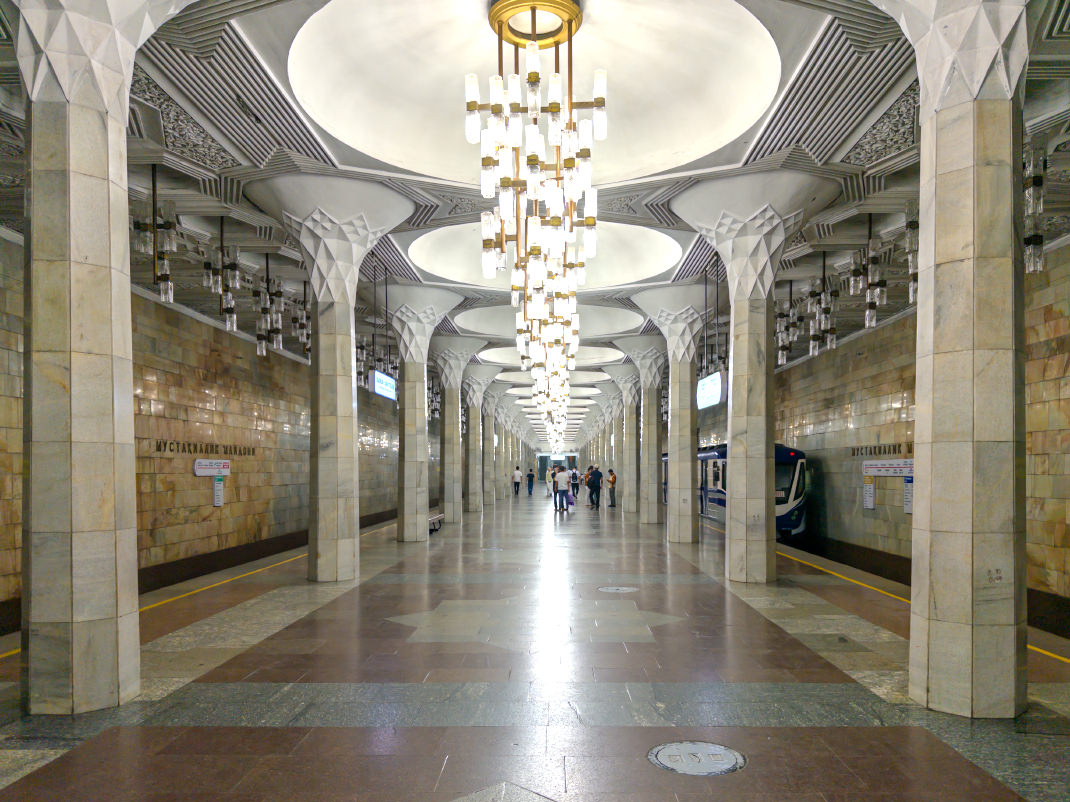
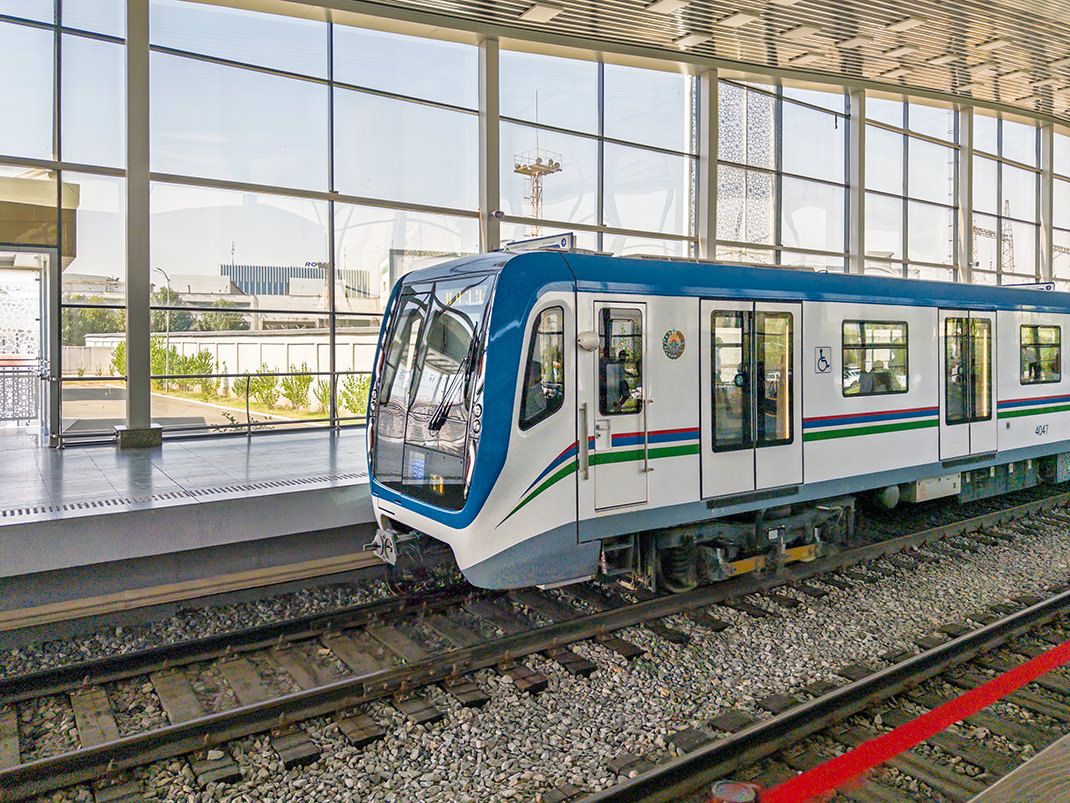
The Tashkent Metro conveniently links many of the city’s landmarks. For example, near its stations, you’ll find the Uzbekistan Hotel, the "Moscow Houses", Chorsu Bazaar, the Romanov Palace, and other points of interest.
Have a nice trip!


